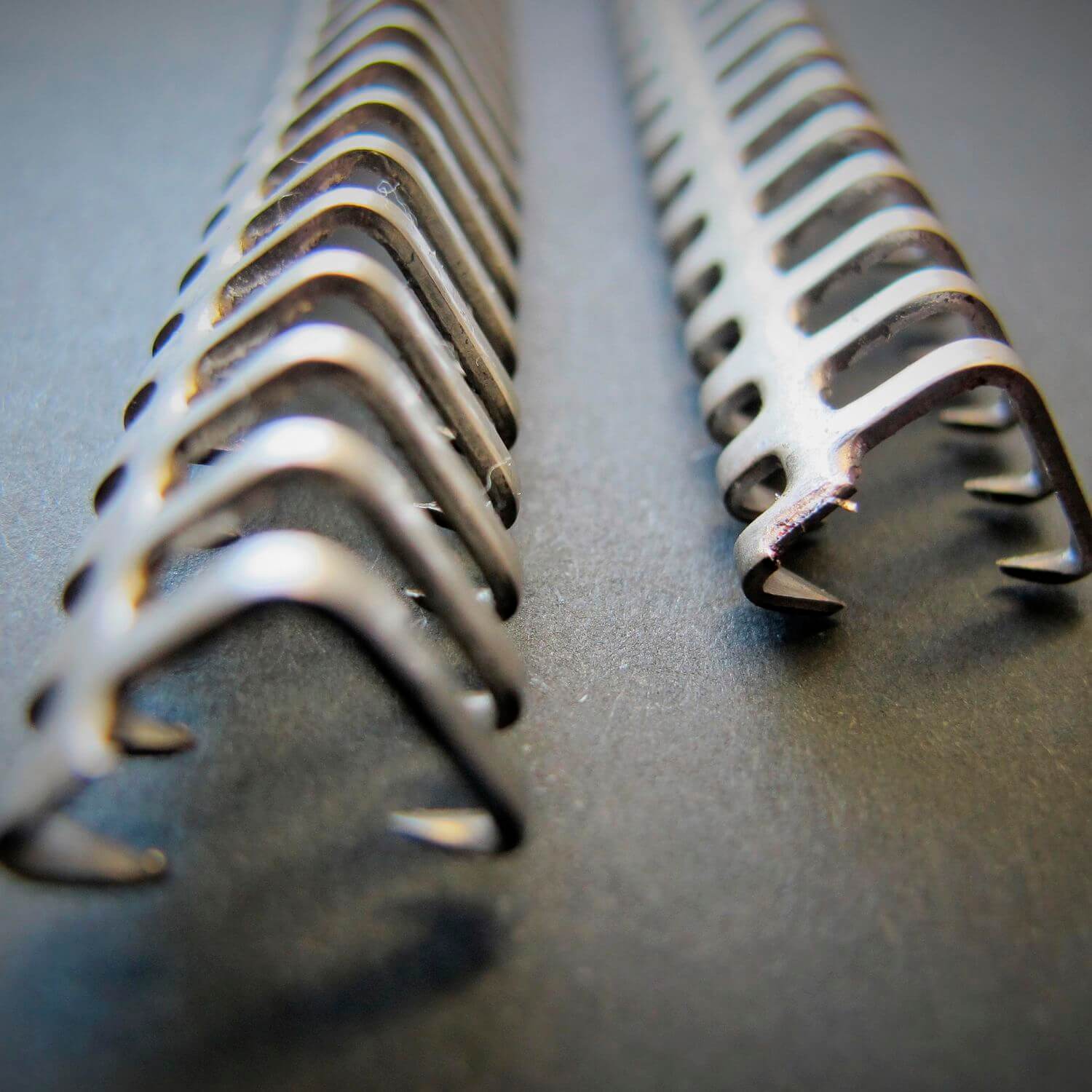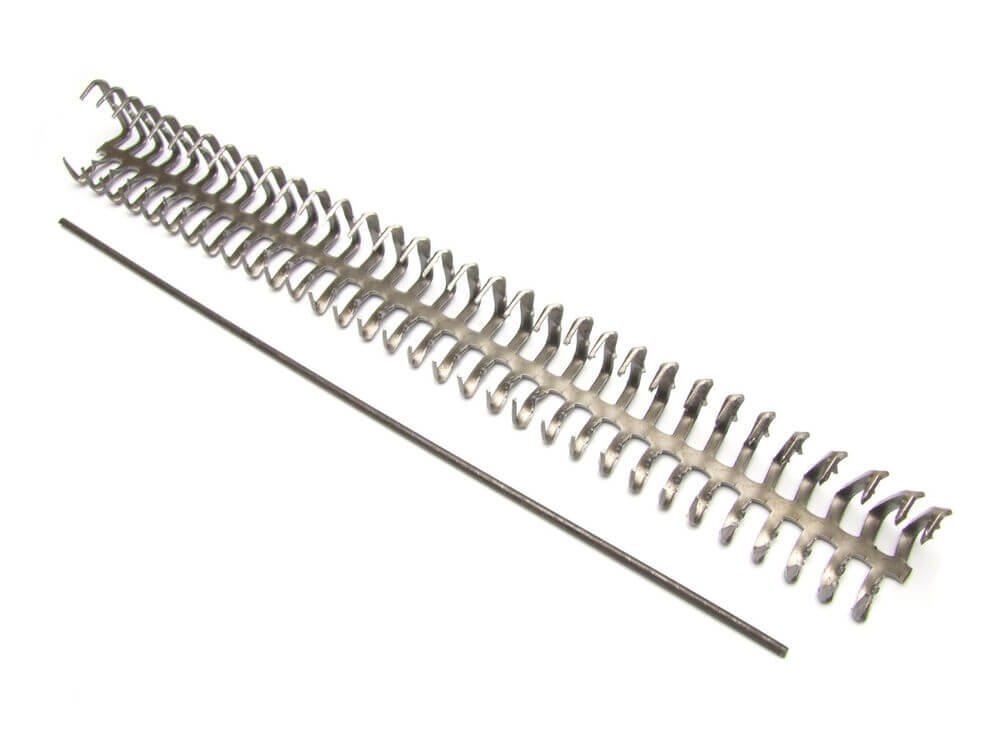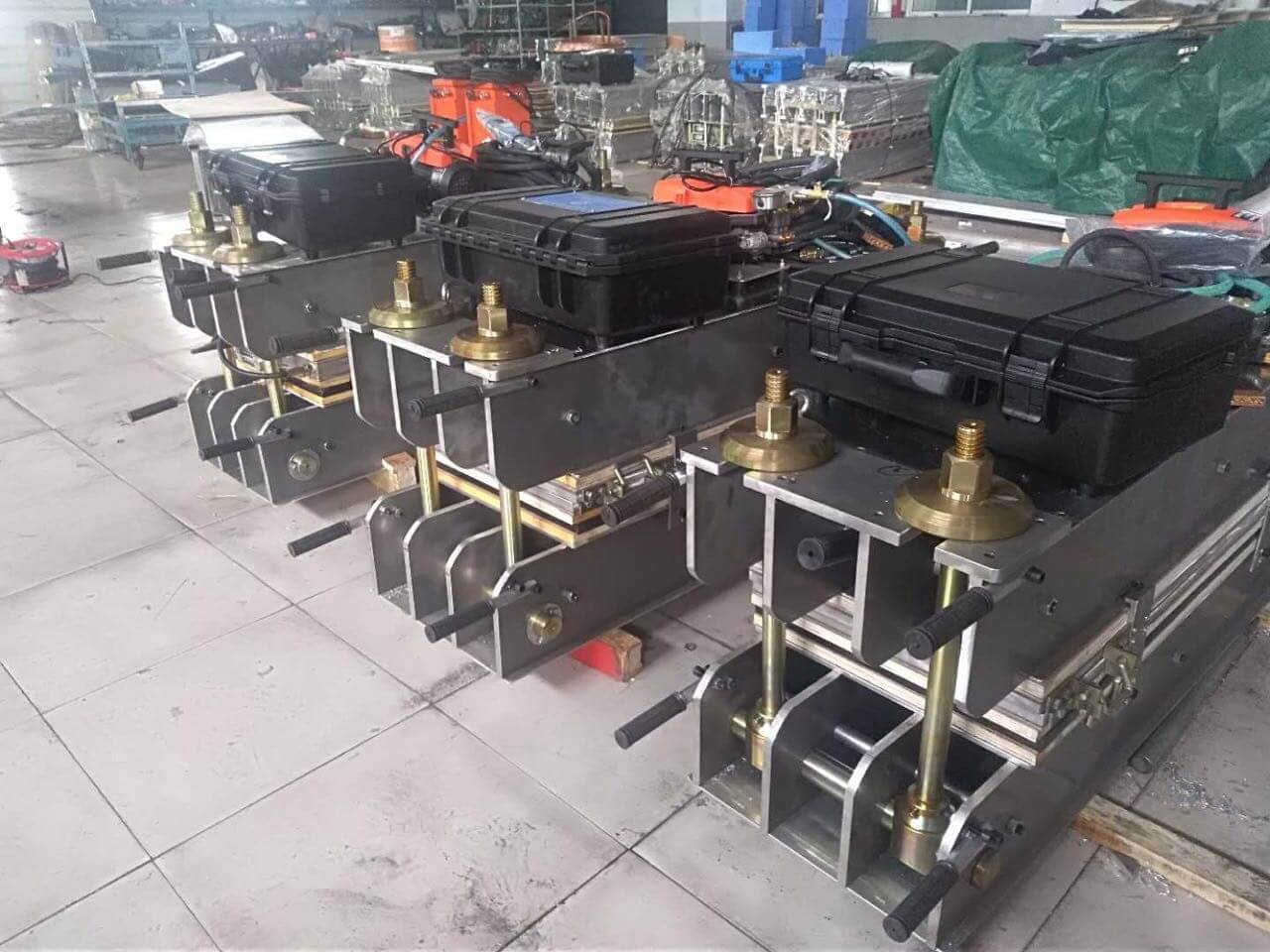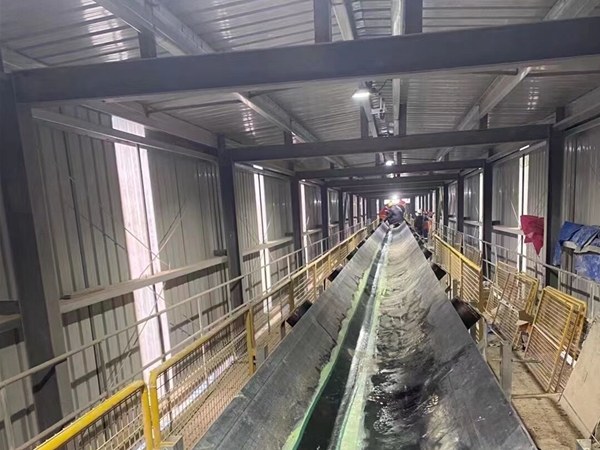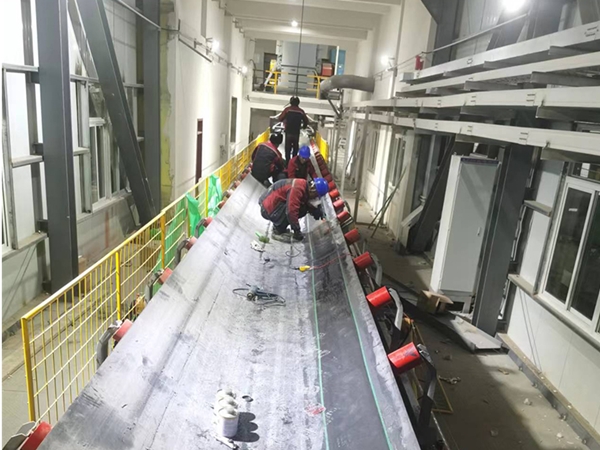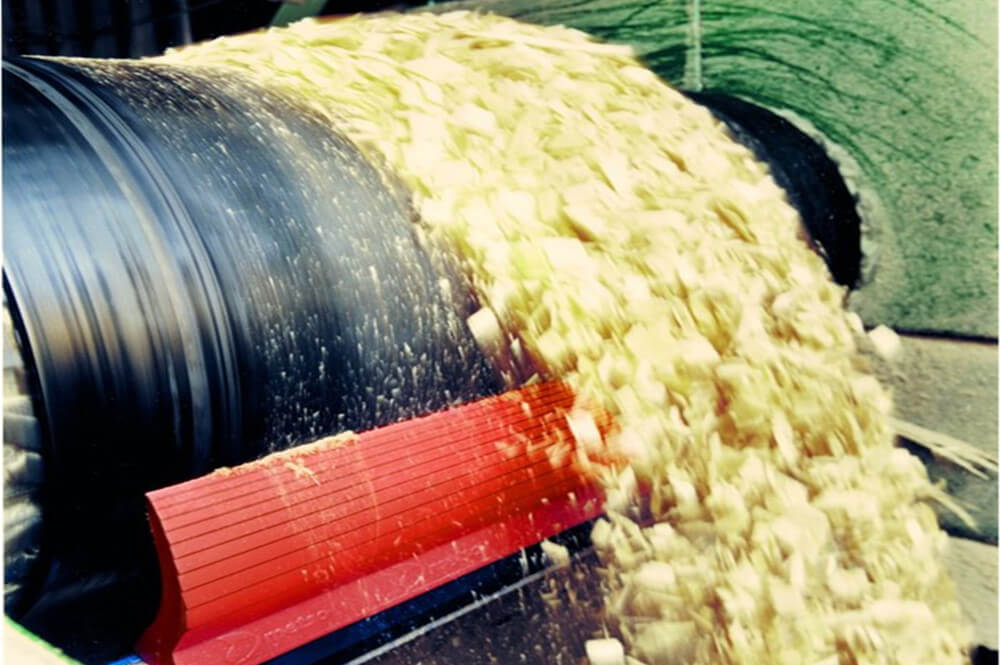For a long time, metal hooks have been the first choice fasteners in various industries to find a fast, simple and durable way to splice belts. However, in the production process of metal wire hooks, people often discuss which type of metal wire hook or ordinary rod-type metal wire hook to use. We think blogging is a great way to break down every benefit so that you can make an informed decision when stitching your next belt.
1. How to use the wire hook?
Over the years, metal wire hooks have been designed with different wire diameters, leg and point lengths, metal, strip lengths and styles, providing greater flexibility to tailor metal wire hooks to meet specific application requirements. The double staggered grip mode gives the metal hook extraordinary grip without reducing the integrity of the strap. They are low-key, making them compatible with conveying components and meeting the need to reduce operating noise. A common application of metal hooks is in parcel and luggage handling, commercial laundry, agricultural, and food processing.
2. What is the difference between carded hooks and ordinary rod hook fasteners?
The combed hook is just a separate hook, which is fixed on the carding paper. It can be flexibly used in various applications, and the carding paper makes the handling of the hook safe and convenient.
The common pole hook fastener is formed by welding each hook to the common pole. The welding rod creates a stable belt fastener to eliminate damage during handling. They contain a safety belt that covers the hook points to protect the fingertips, but it is easy to remove the previous lace.
3. Which is more suitable for my application?
In many cases, the decision to use combing hooks or ordinary rod hook fasteners depends on the preference of each operator. However, both carding hooks and ordinary rod hook fasteners have their own advantages.
For example, in the case of comb hooks, their flexibility makes them essential for use with miter and groove belt applications. In these applications, common rod breakage is a problem, so comb hooks are preferred. Carding hooks are available in several different special metals to meet a wide range of application requirements.
If flexibility is the advantage of comb hooks, then rigidity is the advantage of ordinary rod-type hook fasteners. The welding rod creates a flat, finished splice so that the band “waves” are eliminated. In abusive applications, the welded common pole also helps distribute the load across the entire width of the splicing to protect the individual hooks.
4. Commonly used rod hook fasteners as a maintenance solution
The common belt wave problem is caused by the installation of comb-shaped fasteners on the thinner belt, and the common rod welded on all the hooks can prevent this problem. This same bar allows splicing and riding a flat conveying system, making it more compatible with conveying transfer points and components.
Since the hook legs are kept parallel to each other by welding rods, individual fasteners cannot be tilted to one side. The pins can be easily removed from the conveyor belt, working on the conveyor belt, and then reinserted easily and quickly. During installation, it is easier to handle the fasteners because if the strip is dropped, the individual hooks will not fall off the strip, just like a combed hook.
Therefore, as you can see, the choice between comb and ordinary hook fasteners is largely one of belt type, application, and preference.

